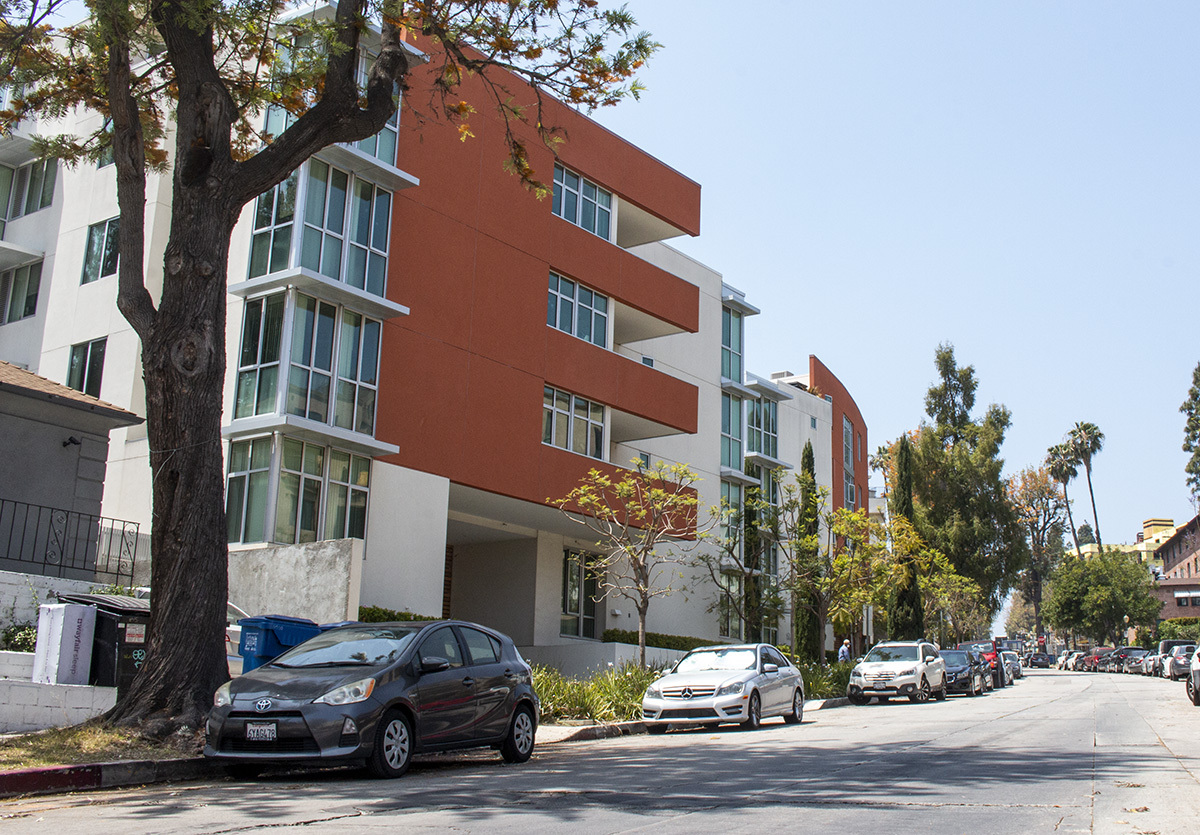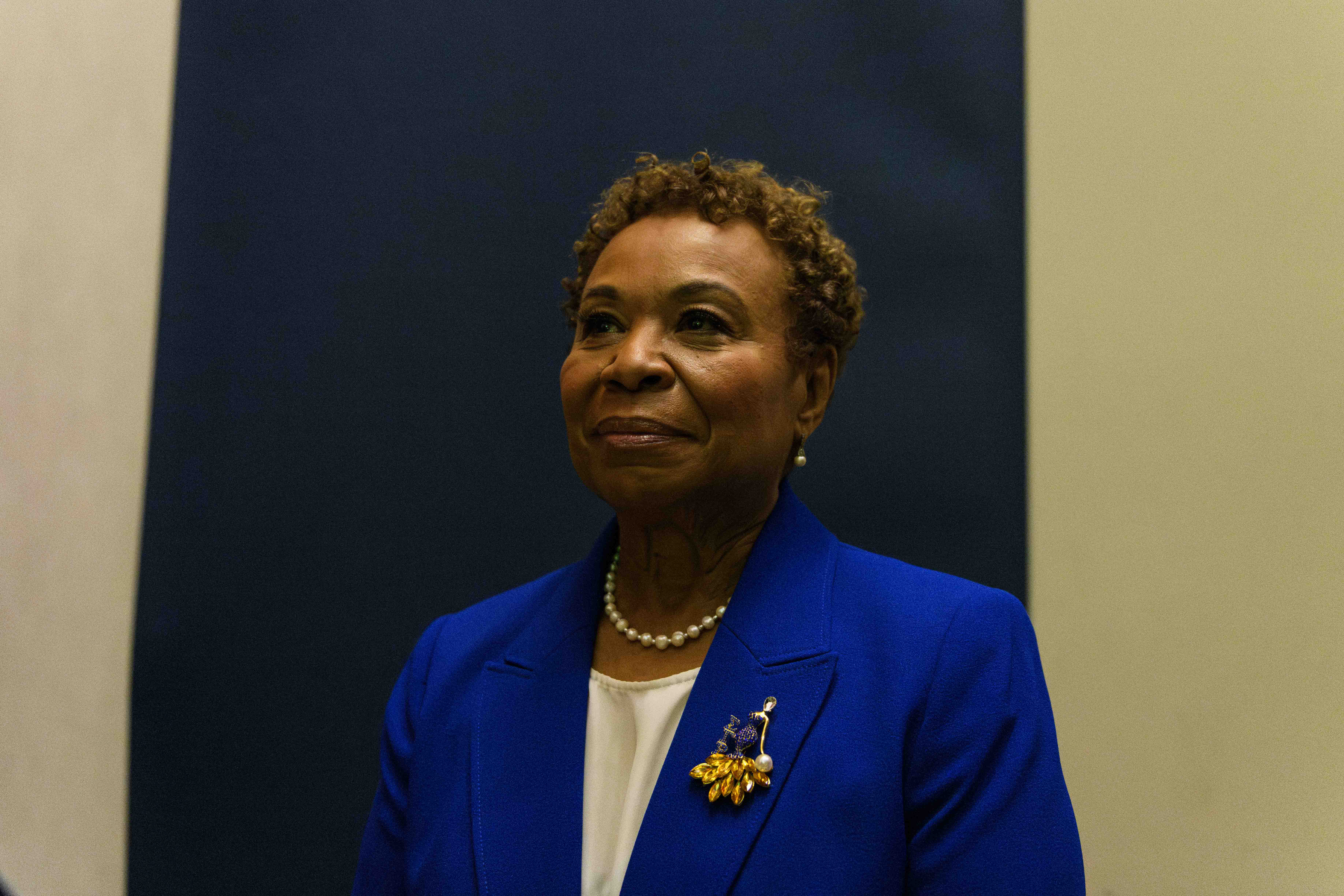Propositions 5, 33 seek funds, rent control changes to manage housing crisis

(Shrey Chaganlal/Assistant Design director)

By Vivian Stein
Nov. 4, 2024 2:15 a.m.
Two propositions on the November ballot aim to address California’s affordable housing crisis.
Propositions 5 and 33 would lower the threshold for issuing bonds and taxes for affordable housing and alter rent control policies. Currently, home values and rents in California are among the highest in the nation, according to the Public Policy Institute of California, leaving renters and low-income homeowners experiencing financial strain.
Proposition 5 would reduce the required voting margin for approving local bonds and taxes for affordable housing, transportation, parks and other public infrastructure from 66.7% to 55%.
Lowering the voting threshold through Proposition 5 will increase the number of bond measures that pass, said Shane Phillips, the housing initiative manager for the UCLA Lewis Center for Regional Policy Studies. He added that many jurisdictions may have previously avoided placing bond measures on the ballot due to the challenging opposition threshold.
Phillips also said if Proposition 5 is passed, it is likely that more housing initiatives will be placed on ballots, leading to new ways to address the state’s housing shortage. California has had a two-thirds threshold for approval since 1978 when Proposition 13 was passed, he said.
“That’s 46 years ago. Many of the people who voted for that are dead or don’t live here anymore, and yet their dead hand continues to constrain what we can do today,” Phillips said. “I think it’s just flatly wrong.”
However, Phillips added that although more bond measures could pass through this initiative, he does not think Proposition 5 will make a significant difference in addressing California’s affordable housing crisis. He believes the root of soaring housing prices is not a lack of public funding but an overarching insufficient supply of housing, he said.
“It (Proposition 5) can help at the margins, but if housing just keeps getting more and more expensive overall, including market-rate housing, then it’s going to be an uphill battle that more funding cannot fix on its own,” Phillips added.
California currently faces a record level of homelessness, said Michael Lens, an urban planning and public policy professor. He added that more government investment and additional tax dollars are necessary to build affordable housing.
“We are in probably the most severe housing affordability crisis that California – a famously unaffordable place – has really ever seen,” Lens said.
Lens said he also does not expect a large number of California counties to suddenly find it easier to pass bond measures or raise taxes for affordable housing. He added that the pathway from the potential passage of Proposition 5 to an increase in cities passing new bond measures is likely to be slow because cities may still be hesitant to place housing initiatives on the ballot.
Despite this cautious outlook, Lens said the initiative could raise the likelihood of more cities taxing themselves to pay for affordable housing, similar to what Los Angeles has done in the past. He added that he hopes it becomes easier to raise taxes in order to fund more infrastructure.
“If there is a local majority willing to pay for those sorts of things, we shouldn’t make it so challenging for them to get their way,” Lens said.

The other housing initiative on the ballot, Proposition 33, seeks to repeal the Costa-Hawkins Rental Housing Act, which limits the strength of local government rent controls, said Michael Manville, professor and chair of urban planning at the Luskin School of Public Affairs. He added that proponents of Proposition 33 believe that existing rent controls are insufficient.
“It’s a tough time for renters in California – it has been for going on 10 years now – in a really bad way,” Manville said. “It’s always been an expensive place to live, and rents have gone up, and they’ve stayed high.”
Manville said with many California renters experiencing low incomes, backers of the initiative hope it alleviates some of the burden. If passed, the proposition could allow cities to cap rent increases, limiting how much landlords can raise rent each year and potentially aiding tenants, he added.
However, unintended consequences may arise from this change, he said, adding that under Costa-Hawkins, a provision called vacancy de-control allows landlords to raise rents to current market rates when a tenant moves out of a rent-controlled unit, essentially resetting the rent with each new tenant.
If Costa-Hawkins is repealed through Proposition 33, cities could freeze rent, maintaining the same rate even when a tenant vacates, Manville said. While this could help keep rent lower for tenants, it may create challenges for landlords, he added, including difficulties in covering building maintenance costs.
The proposition could even reduce the availability of rental units if landlords exit the rental market, he said.
“I think the big changes will come in the cities that already have rent control, where there’s a lot of pressure from tenants and tenants rights groups to make rent control strong,” Manville said.
In LA, the Rent Stabilization Ordinance currently only applies to buildings constructed through 1978, said Aaron Barrall, a housing data analyst at the UCLA Lewis Center for Regional Policy Studies. If Costa-Hawkins is repealed, the city could extend rent control to new housing as well, he said.
However, stricter rent control may not be the most effective way to ensure affordability, Barrall said, as it could discourage developers from building new housing if profitability becomes challenging.
“There is certainly a risk that passing strict rent control – especially in certain jurisdictions – would then reduce the amount of new housing, and that could actually exacerbate the housing crisis in its own way,” Barrall said.
Barrall said another unintended outcome of Proposition 33 could be a distorted housing market, where there is high competition for buildings with low rents, even if those buildings are poorly maintained due to insufficient profit for landlords. He said this could potentially worsen discriminatory housing practices, as landlords may become more selective about tenants.
“It ultimately comes down to how cities choose to implement it,” Barrall said.



